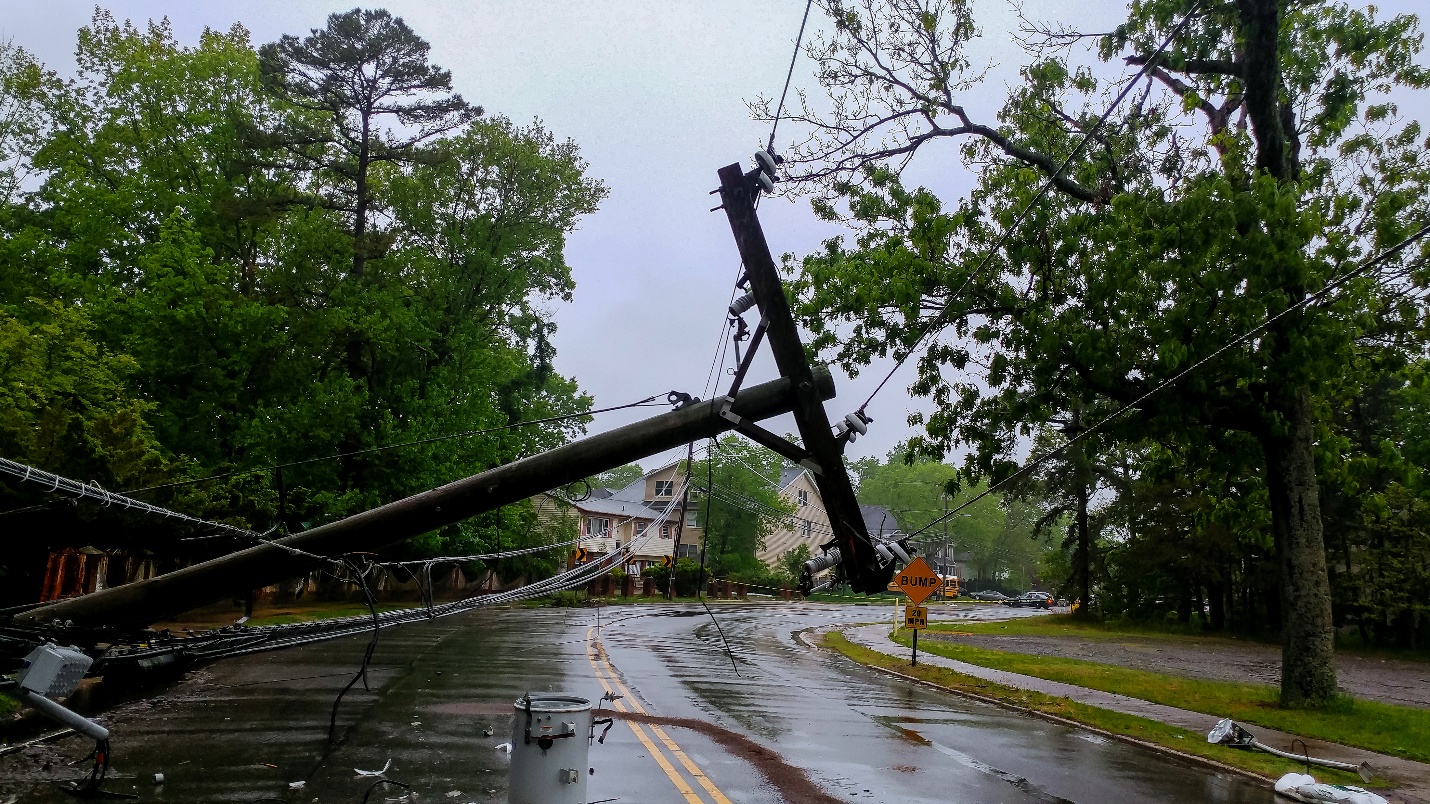Storm Season Preparedness: How Your Utility Website Becomes a Critical Communication Hub During Emergencies
- Details

When severe weather strikes, your utility website transforms from a routine customer service tool into a lifeline for thousands of customers seeking critical information. In those crucial hours when power lines are down and communities are in the dark, your website becomes the primary channel for outage updates, restoration timelines, and safety guidance.
The Digital Command Center
During emergencies, customers flood utility websites with a single urgent question: "When will my power be restored?" Traditional customer service channels become overwhelmed, making your website the most scalable solution for mass communication. However, many utility websites aren't optimized for the dramatic traffic spikes and urgent information needs that accompany major weather events.
A storm-ready website must handle significantly increased traffic without crashing. Working with your web provider to ensure adequate hosting capacity and backup systems keeps your site accessible when customers need it most. Even basic preparations like having a backup communication plan can make the difference between helpful service and frustrated customers.
Real-Time Information Architecture
The most effective emergency websites prioritize current information through dedicated storm pages or emergency sections. These areas should feature:
Clear Status Updates that provide honest, regularly updated information about outages and restoration progress. Customers appreciate straightforward communication over technical jargon.
Simple Outage Information that helps customers understand whether their area is affected and provides realistic timeframes for restoration. Even basic county or service area information is valuable.

Mobile-Friendly Pages become essential during storms, as many customers rely on phones when home internet is down. Emergency information should be easy to read and navigate on small screens.
Proactive Communication Features
Beyond reporting outages, well-prepared websites focus on proactive communication. Simple weather alerts or banner messages can warn customers about approaching storms. Basic safety reminders help customers prepare before severe weather arrives.
Consider establishing an email or text notification system for customers who want updates about their service area. This reduces website traffic during peak times while keeping customers informed through their preferred communication method.
Testing and Preparation
The time to discover website problems isn't during an actual emergency. Work with your web provider to test your site's capacity before storm season begins. Establish a clear process for updating emergency information so multiple staff members can make necessary changes quickly.
Prepare template messages for different emergency scenarios that can be posted immediately. Having pre-written safety information, restoration explanations, and important contact numbers ready saves precious time during crisis situations.
Beyond the Storm

Post-storm website analytics provide valuable insights for future improvements. Track which pages customers accessed most frequently, identify traffic patterns, and note any system performance issues. This data informs ongoing website optimization and emergency preparedness planning.
A well-prepared utility website doesn't just weather the storm—it becomes a beacon of reliable communication that builds long-term customer trust and satisfaction.
Article provided by Donald Moore, President Moore Tech Solutions, Inc. Moore Tech Solutions provides website services for CSA and several member utilities.





